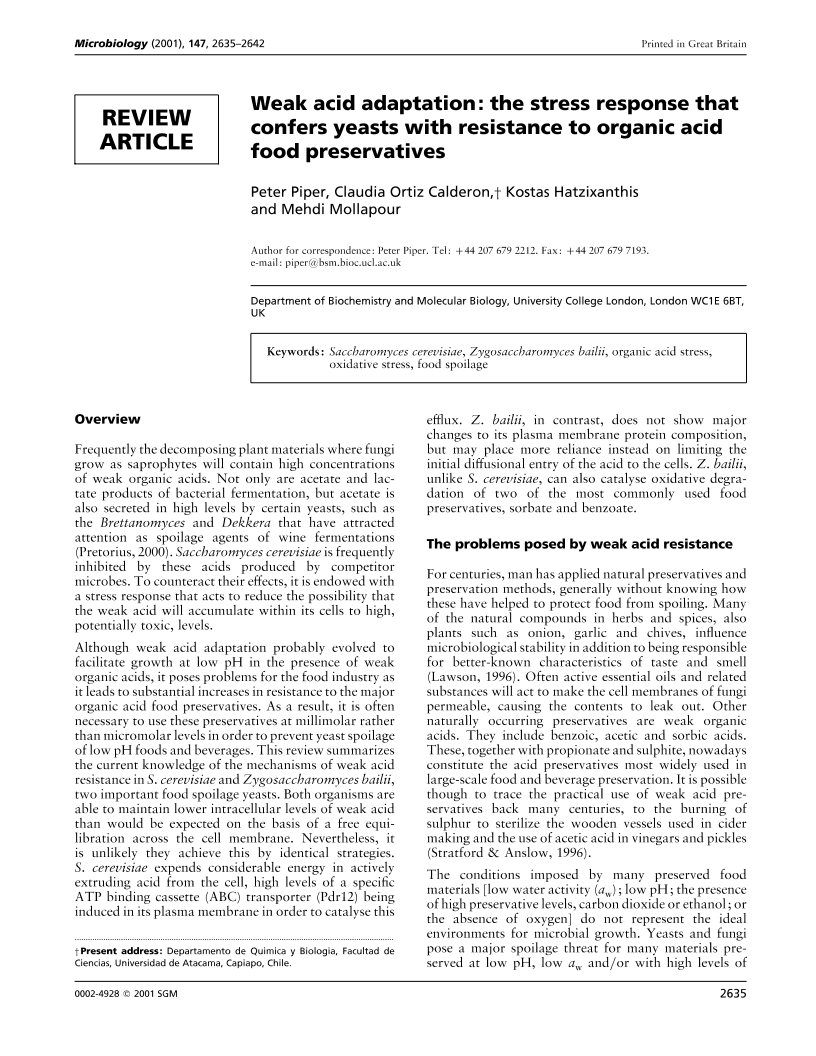
Full text loading...

Weak acid adaptation: the stress response that confers yeasts with resistance to organic acid food preservatives, Page 1 of 1
< Previous page | Next page > /docserver/preview/fulltext/micro/147/10/1472635a-1.gif
There is no abstract available.

Article metrics loading...

Full text loading...
References


Data & Media loading...
